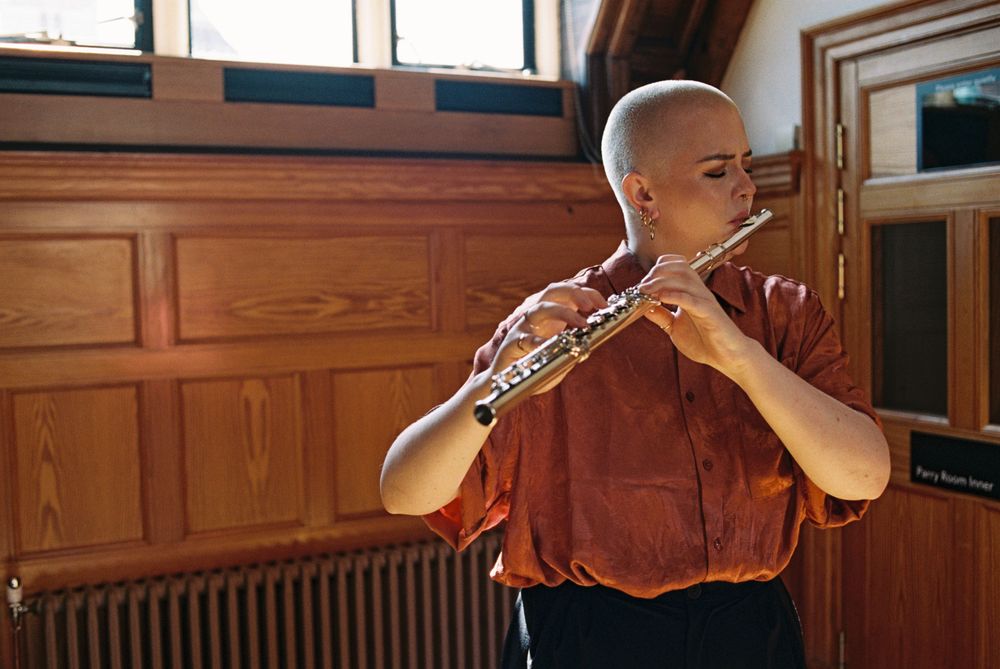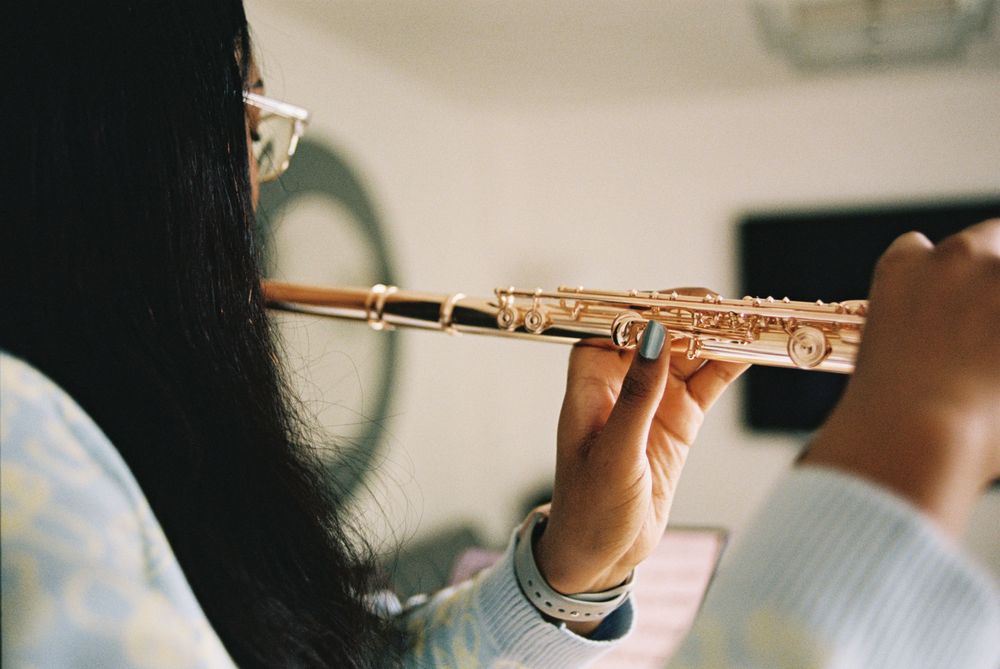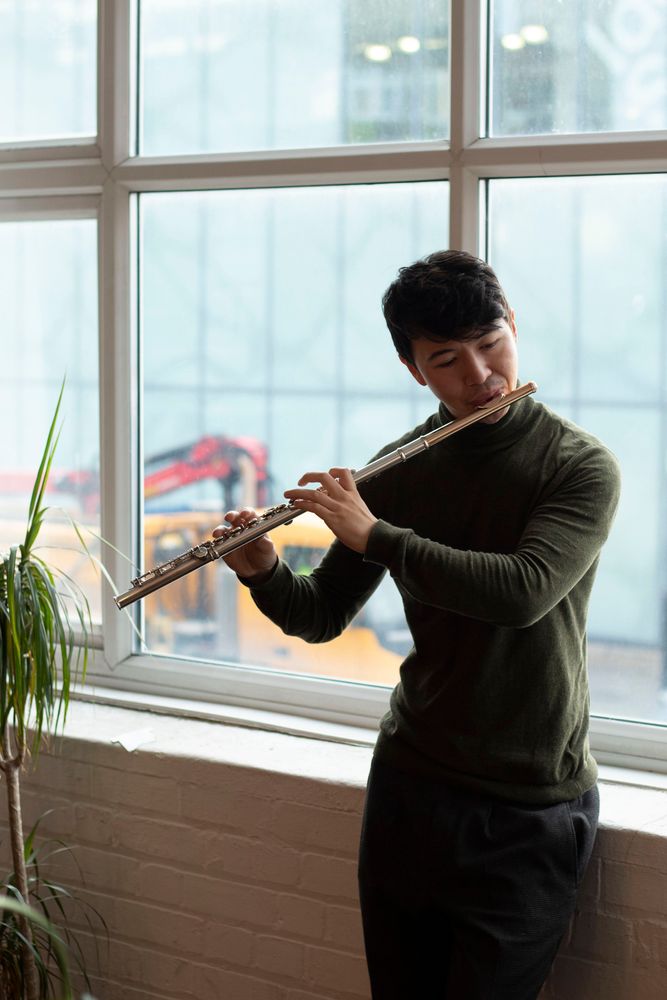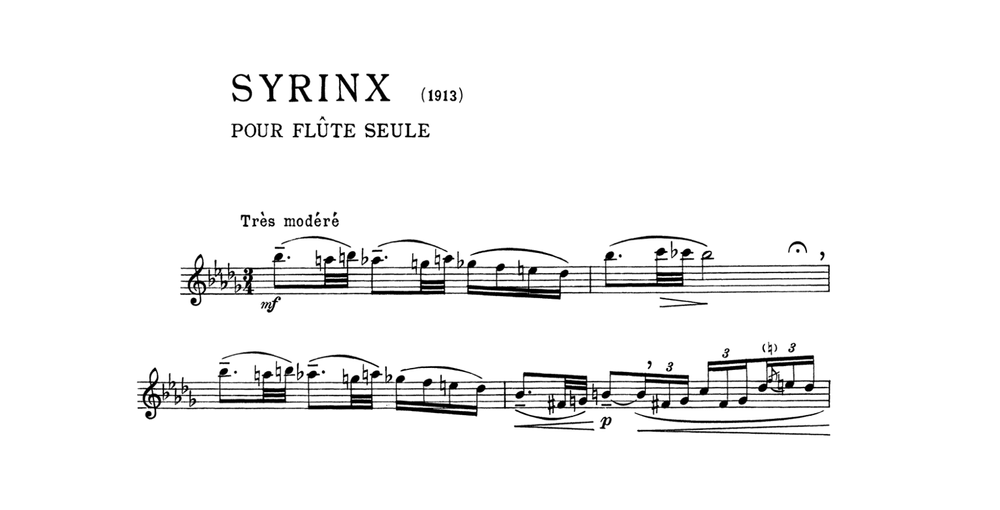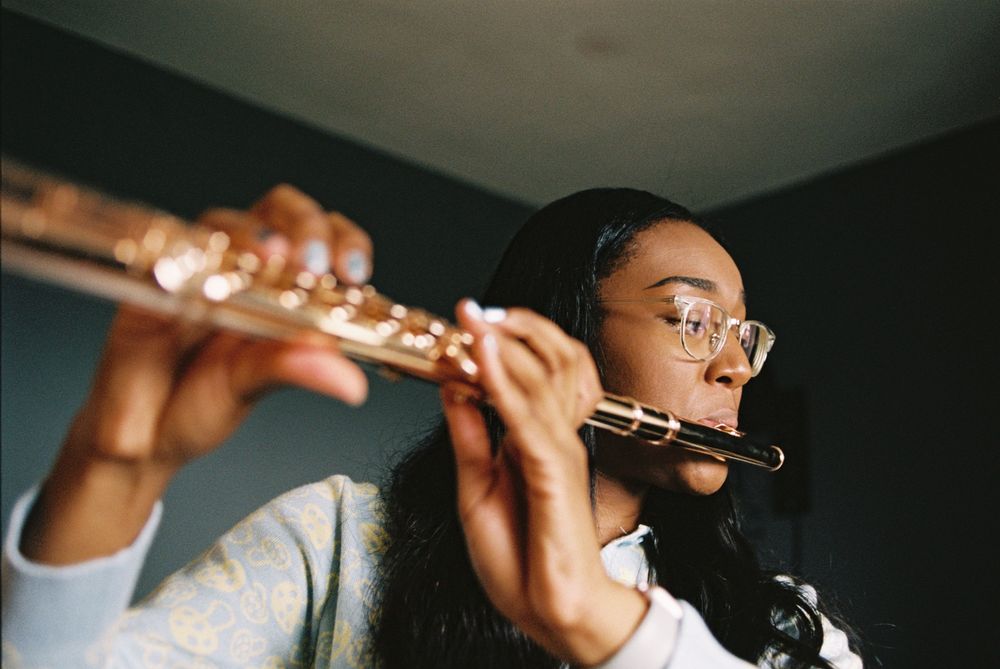No instrument’s heritage stretches back further than that of the flute. If the age of a Neanderthal bone flute found in a Slovenian cave is anything to go by, then it’s at least 60,000 years old. That’s about 59,500 years older than the violin.
Countless flautists have contributed to such a long and international history, so reaching the top is no small accomplishment. It’s a far more versatile, virtuosic and vital instrument than many give it credit for, and arguably none of those numerous fine players prove that point better than the ten individuals listed below.
From the royal courts of 18th-century Europe to the concert venues of the present day, this list offers a broad snapshot of the pinnacle of flute-playing. These are players who composed masterpieces, conquered the repertoire, expanded possibilities, reinvented techniques and imparted passion for and knowledge of this very special instrument.
